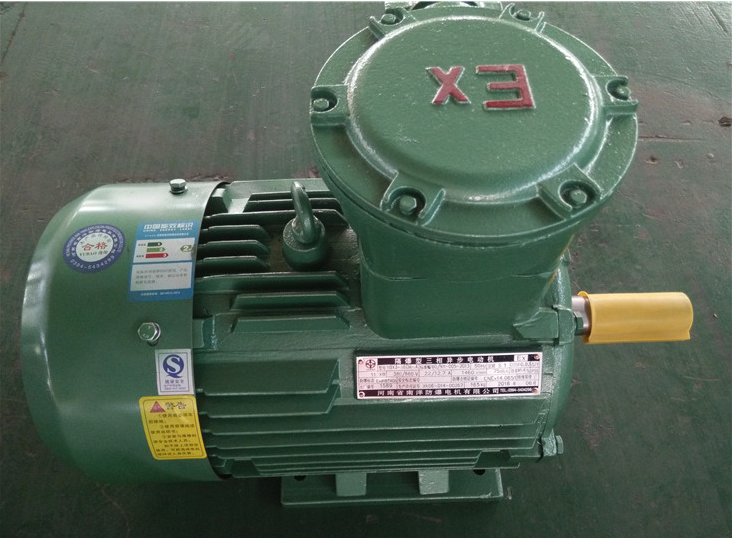First, the two definitions are different:
1, explosion-proof shell “d”: a type of electrical equipment explosion-proof type, the shell can withstand any joint or structural gap through the shell into the shell of the explosive mixture inside the explosion without being damaged, and will not cause the external by a, a variety of gases or vapors formed by the ignition of the explosive gas environment. (Defined according to GB3836-2010) Internal components for ordinary components.
2, increased safety type “e”: a type of electrical equipment explosion-proof type, that is, the electrical equipment to take some additional measures to improve its degree of safety, to prevent the possibility of dangerous temperatures, arcs and sparks generated in normal operation or under the specified abnormal conditions.
Simply put: its internal itself does not produce dangerous temperatures, arcs and the possibility of sparks, but only to improve its degree of safety, such as improving the level of protection. The internal components must be with Ex logo components (explosion-proof components).

Second, the two are different shell structure type:
1, explosion-proof type “d” because of the need to withstand the internal explosion pressure, so it must be designed for the release of energy access (simply put, the flange surface), the average wall thickness of the shell thicker than the type of increased safety.
2, increased safety type “e” because the internal itself does not produce dangerous temperatures, arcs and the possibility of sparks, so there is no flange.
Third, the other:
1, only the explosion-proof type “d” and intrinsically safe type “i” has Ⅱ A, Ⅱ B, Ⅱ C; and increased safety type is not divided into Ⅱ A, Ⅱ B, Ⅱ C.
2, as the wiring chamber, explosion-proof type “d” introduction device must be “d” type (explosion-proof) introduction, its sealing ring compared to the increase in the safety of the sealing ring to be long, increase in the safety of the introduction of the device as long as the pass to improve the degree of safety on the line.
3, explosion-proof “d” shell must be done hydraulic test (Ⅱ B 1.5 MPa / 10 seconds of water pressure, Ⅱ C 2.0 MPa / 10 seconds of water pressure), and increased safety does not require.
4, explosion-proof type “d” shell must do impact test (to withstand the mass of 1kg test object from a height of 0.7m vertical drop impact test), the increased safety shell does not do impact test.
Post time: May-20-2024

